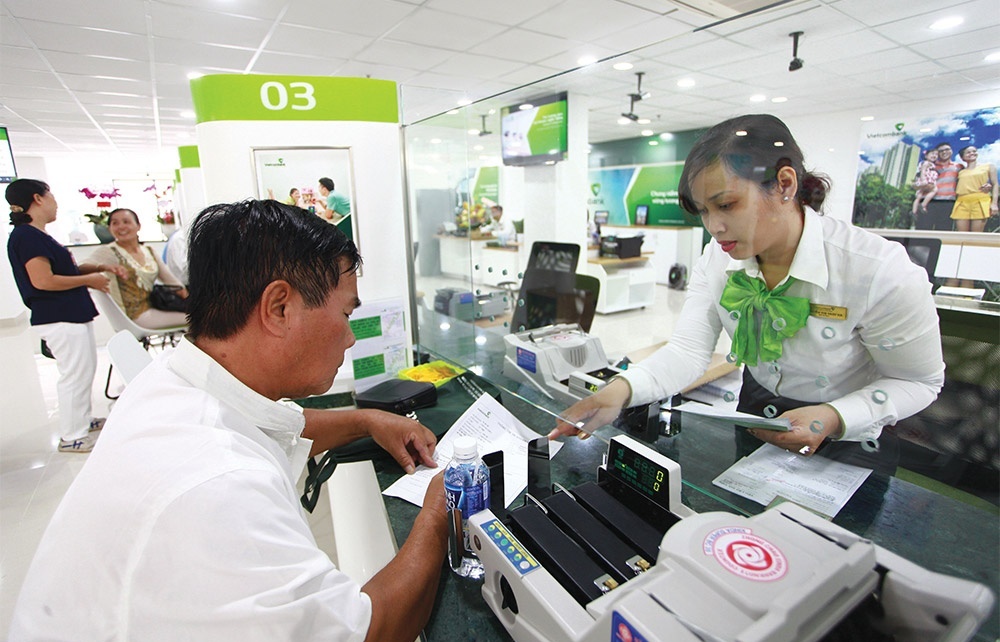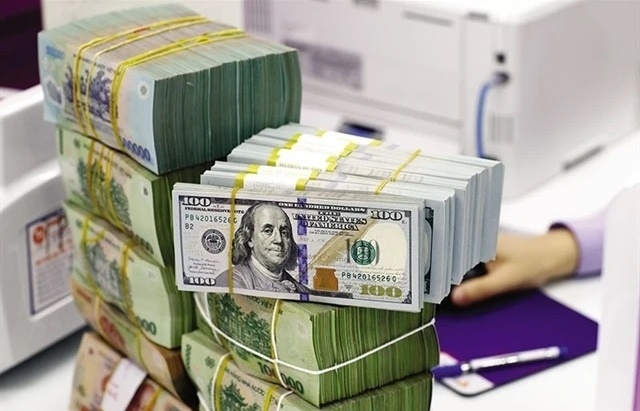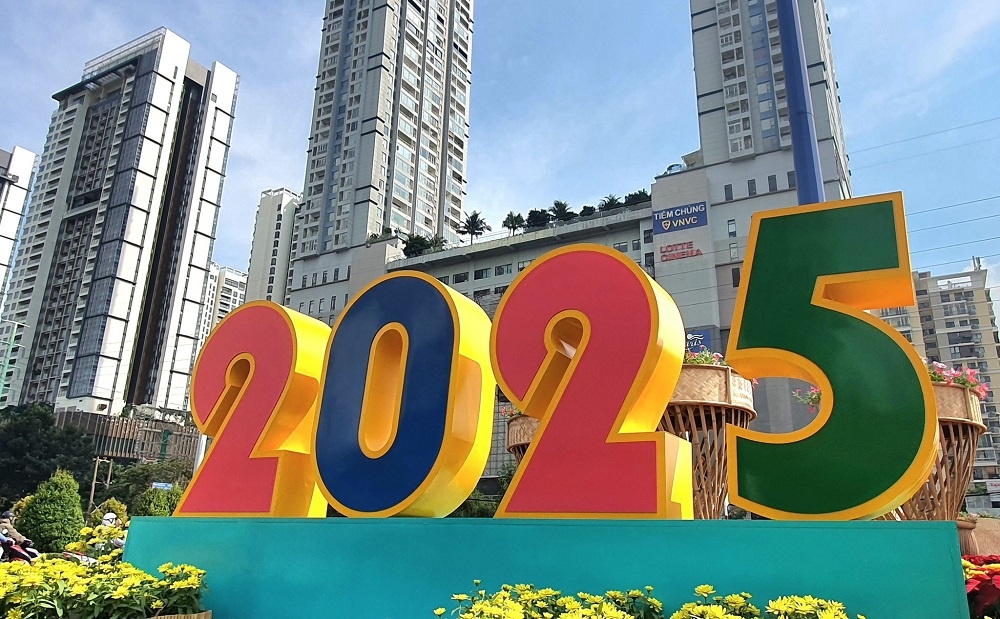State Bank plans to mobilise more gold from public
 |
| illustration photo |
Phuoc said the central bank planned to have commercial banks mobilize gold deposits to make use of the gold holdings by the public, which are estimated at about 300-500 tons.
The commercial banks would issue debentures and bonds to mobilise gold deposits from the public, he said.
“The central bank would then use government’s bonds to borrow from the banks’ gold holdings to increase foreign reserves and stabilize domestic gold market.”
He said the central bank would exchange the gold for foreign currencies to increase the foreign reserves and create a stable source of foreign currencies for the country.
For instance, if the central bank mobilized 65 tons of gold, it could be changed into $4 billion to add to the foreign reserves, he said.
“In case domestic gold prices suddenly skyrocket compared to world rates, the central bank will use the deposited gold to help the stabilize the market and save foreign currencies.”
He also said banks would offer services to ensure that people can easily withdraw their gold deposits when prices fluctuate.
He added that the central bank would allow transaction of gold via accounts to limit the circulation of gold bullion in the market.
“People have to open an account if they are to sell their gold deposits and the bank will also sell their purchased gold to the foreign partners via account transaction,” he said.
“There would be no gold bullion circulated on the market and this would save sellers time spent on receiving and transporting the gold bullion.”
As of May 1 this year, banks have been ordered to stop lending gold under a government’s measure to tighten control over the gold market and ensure safety for banks.
What the stars mean:
★ Poor ★ ★ Promising ★★★ Good ★★★★ Very good ★★★★★ Exceptional
Related Contents
Latest News
More News
- Binh Duong creates many incentives for large FDI projects (December 27, 2024 | 17:24)
- Quang Ninh to continue focusing on FDI in 2025 (December 27, 2024 | 16:26)
- Transforming to an AI-driven organisation (December 26, 2024 | 08:30)
- Full-year growth prospects raised (December 26, 2024 | 08:00)
- Remarkable outcomes can be earned (December 25, 2024 | 11:00)
- Trade scope expands with British accession to CPTPP (December 25, 2024 | 10:00)
- Nghe An boasts workforce potential for industrial growth (December 25, 2024 | 08:30)
- Localities implement solutions for semiconductor projects (December 23, 2024 | 15:00)
- UK's Pharos Energy obtains licence extensions (December 23, 2024 | 14:41)
- Australia relationship has never been better (December 23, 2024 | 11:00)

 Tag:
Tag:



















 Mobile Version
Mobile Version